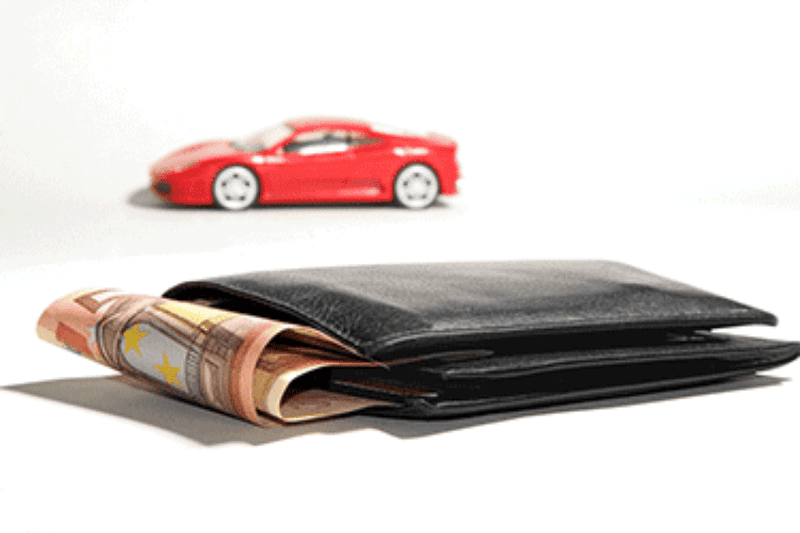
Mounting evidence indicates that auto lenders have been increasingly lowering standards and taking on more risk while issuing auto loans. Many are known to have lax verification norms and have a lower bar set for credit checks and approvals.
Take Santander, a major lender for auto purchases, for example. A Moody’s report earlier in May this year found that it had verified income for only 8% of its borrowers. Clearly, Santander has little information on the creditworthiness of its borrowers and may have classified many risky loans as safe.
The Office of the Comptroller of Currency too issued a report on Semiannual Risk Perspective for Spring 2017 finding evidence that many auto-loan companies were loosening their underwriting restrictions and were taking greater risks by giving long-term loans with higher interest rates with a view to capture the auto loan market. The report also confirmed that auto loan lenders were seeing increased losses.
This trend is reminiscent of the mortgage sub-prime crisis that saw increased risk coupled with lower recovery rates as well as higher losses for both bank loans and securitized auto loans. As profits decline for creditors and banks that underwrite these loans, they may try to untie themselves from the auto-loan market, leading to a loss of confidence and crisis in the financial system.
A crisis in the auto loan market could have long-term negative effects on consumption and employment. If the rates of default increase, people struggling to make payments may have their cars repossessed. They would be left without a means of getting to work and do everyday chores further worsening their economic state. With a decline in the rate of car ownership, the overall levels of consumption and employment may decline for a protracted period of time.
Saving Grace
Despite the obvious perils of a subprime auto loan crisis, the relatively smaller proportion of auto loans to overall consumer debt makes it improbable that its impact will be as widespread as the housing subprime crisis. As per Federal Reserve Bank of New York figures, the total household debt in the United States had reached $12.7 trillion in the first three months of the year. Of this, housing comprised 71.4%, while auto loans came in at 9.2%, a tad under student loans that made up 10.6% of the debt.
One can also take a little heart from the Federal Reserve’s Report on Household Debt and Credit for the first quarter of 2017 that found the average auto borrower to have become more credit worthy over time. The report pointed that the median (50th percentile) credit score for a person with an auto loan stands at 700 now and has been improving since 2004, when it stood at 675. The 25th percentile mark too stood at nearly 620 and has been improving since 2004.
While the comparative median and 25th percentile credit scores for auto loans are lower than those for mortgages, they do not indicate an increased likelihood for defaults, as car payments are usually much smaller than mortgage payments. Also, the median mortgage credit score had decreased significantly before the mortgage crisis unlike the auto-loan market.
Another figure to watch for is the rate of delinquency for auto loans where there are no payments for 30 days or more. The proportion of auto loans transitioning into delinquency has been relatively stable at 7.6%. It has marginally increased since 2013 but has stayed constant from its level of 2004. The portion of the balance that is now delinquent (90 days or more of no payment) is about 4%. This has in fact decreased in recent years.
It seems unlikely that the auto-loan market will soon cause any significant economic or financial crisis in the US. Risky lending practices and an increase in subprime auto loans will remain a source of worry though. After all, it was David that brought the Goliath to its knees.



